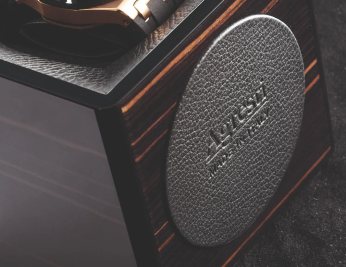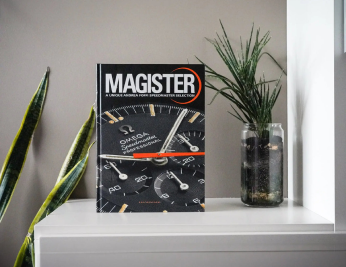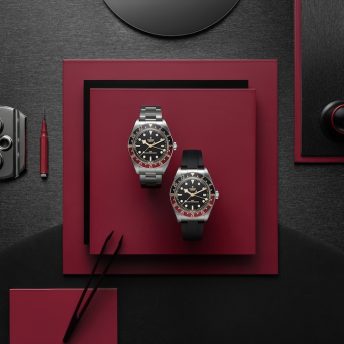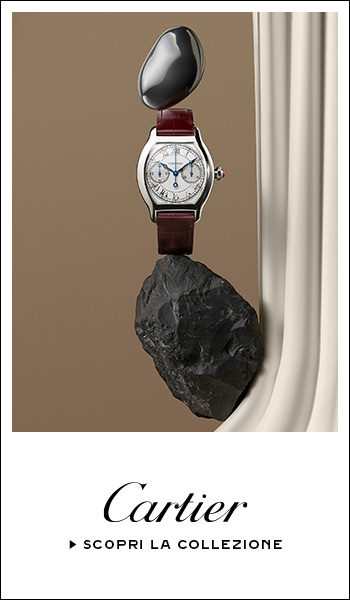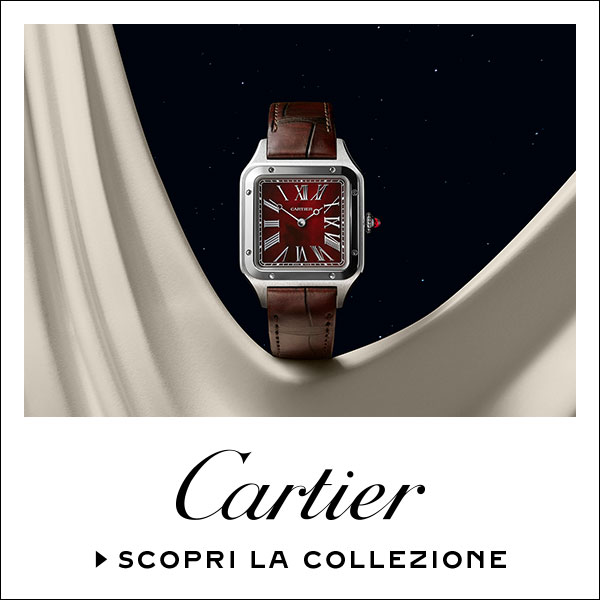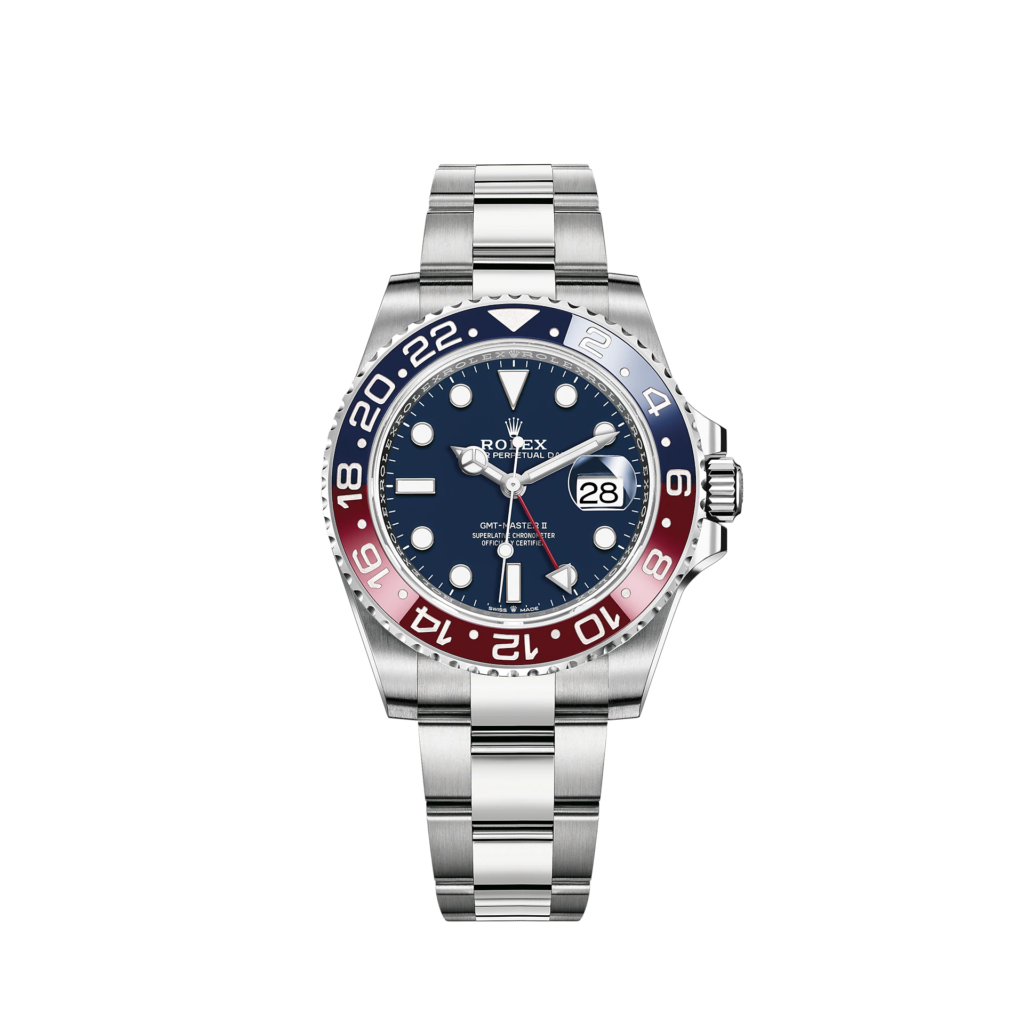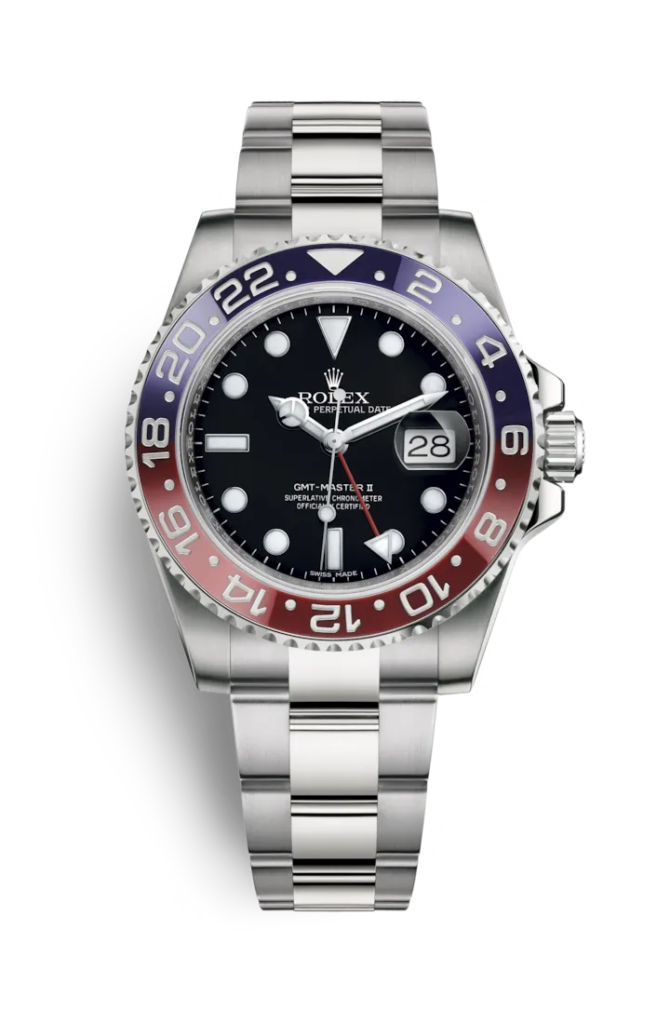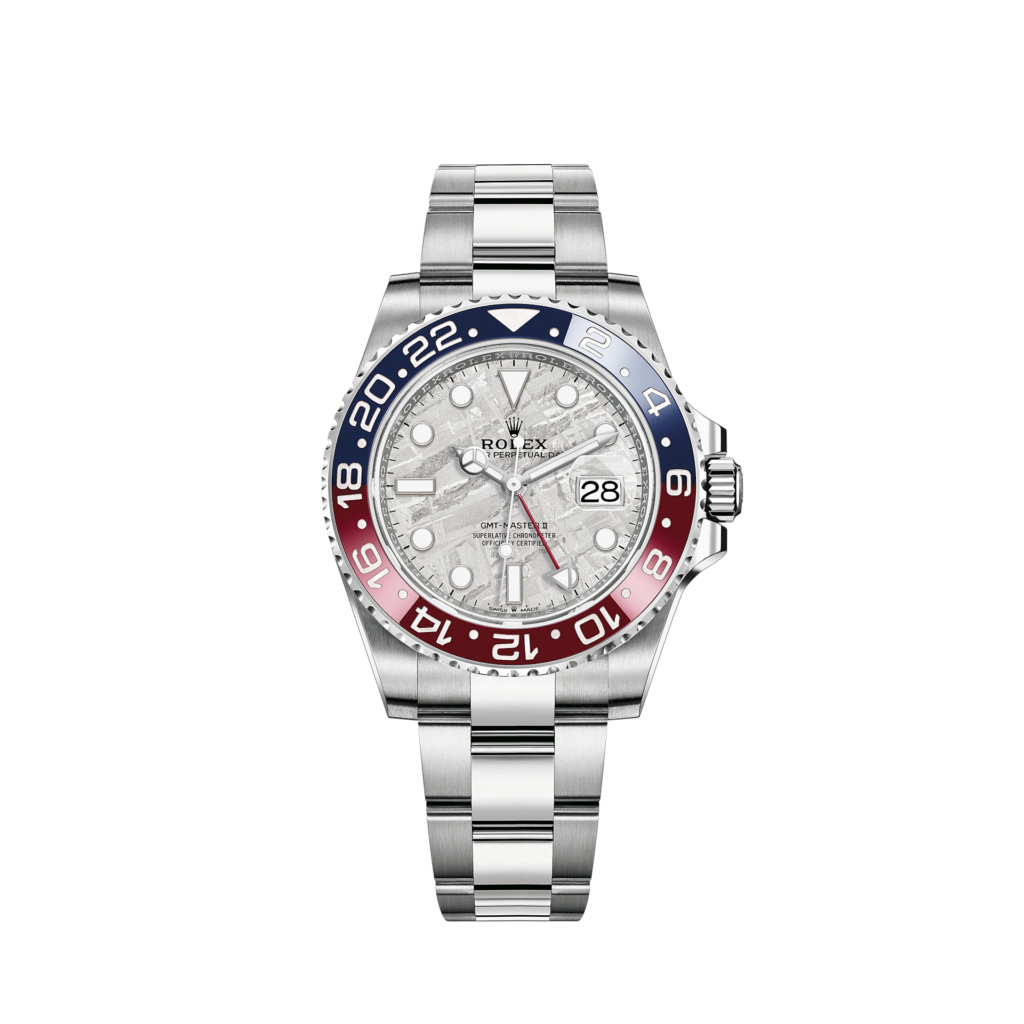If I asked you to think of a watch which can display two time zones, I’d bet you any amount of money in the world that the first one you would name would be the Rolex GMT-Master. This is a watch that, over the years, has amassed a huge cult behind it, both for its vintage and modern iterations. Even nowadays, just as it was decades ago, it’s considered the “Cosmopolitan” watch, and is incredibly sought after as well as difficult to find for anywhere near-retail prices.
Last time we spoke about the GMT, we left off at the ref. 1675. To refresh your memory (or if you haven’t already read it) on part 2, you can do so here. In this third and final installment of the GMT-Master articles, we’ll talk you through all the remaining models, starting with the ref. 16570.
P.S. if you haven’t read the first part, either, you can find it here!
Transitioning between GMT-Master to GMT-Master II
Rolex GMT-Master Ref. 16750
After just over two decades of production of the ref. 1675, Rolex decided it was time for a new installment of their GMT line, so they introduced the ref. 16750 (Rolex has a thing for doing that type of naming for its references…just add a zero).
Thanks to the new-and-improved caliber 3075 (with a higher frequency: from 19,600 vibrations per hour to 28,800) the quick-set date function was integrated into this model. Further improvements were seen in its waterproof rating, which doubled to 100m, but other than these couple of aspects, the 16750 isn’t all that different to its predecessor, which is why it’s considered a transitional reference. As such, it was only in production for around 7 years.
In fact, from a design and aesthetics point of view, the first batch of these 16750s were pretty much identical to the 1675s: they featured an opaque dial with “drop-applied” hour markers, only to them be replaced by the glossier ones which were the tritium filled hour markers enclosed in a white gold ring.
A simple trick to tell the difference between a 16750 and a 1675? In the latter, the hands were applied in the following order: GMT, hour, minute and seconds hand. In the 16750 instead, the GMT hand was sandwiched between the hour and minute hands. It’s the little things!
Even after the GMT-Master II was introduced, Rolex also maintained production for the original GMT-Master, distributing it to dealers for sale as a more “economical” option.
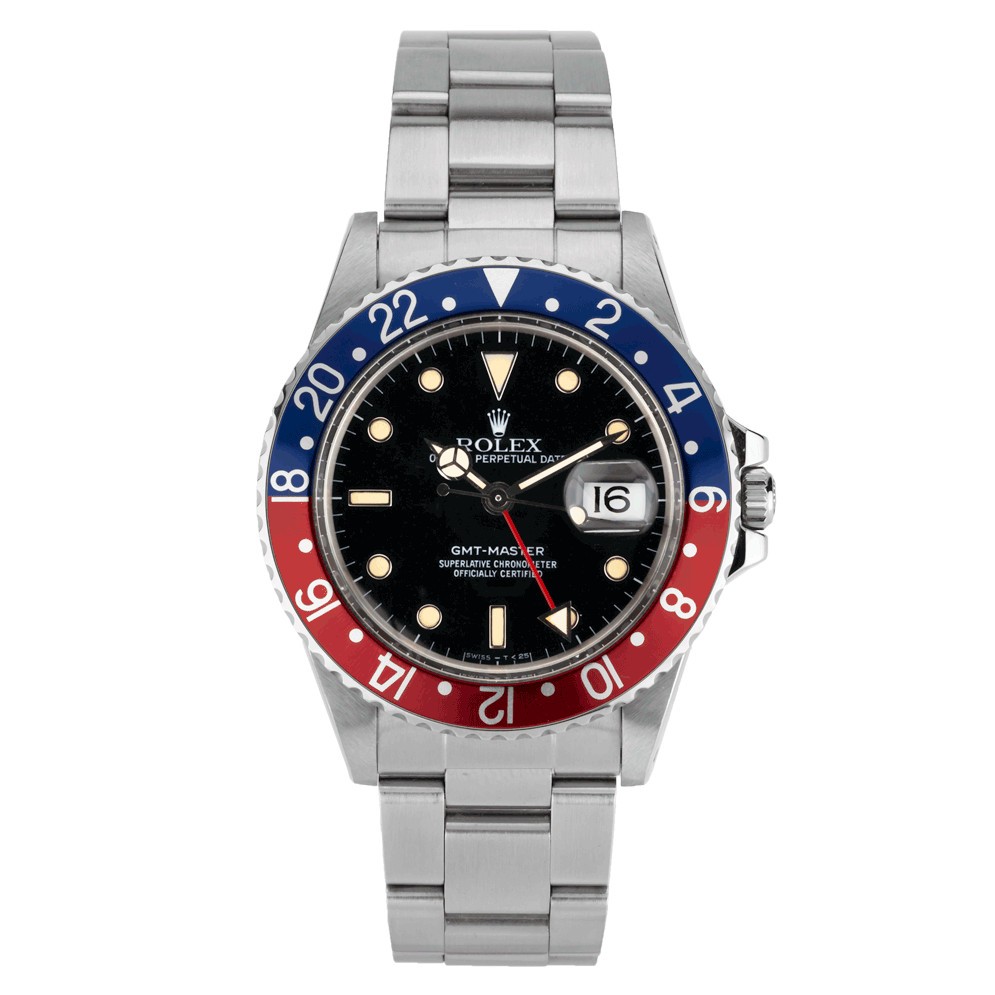
Rolex GMT-Master II Ref. 16700
In 1988, the final model to bear the GMT-Master stamp was the ref. 16700. This model saw a production lifetime for just over 11 years, and featured the new caliber 3175: the last of these “fixed” movements, as those which followed it would allow for the GMT hand to be regulated independently from the others, which, in turn allowed for a third timezone to be read.
The 16700 stayed pretty much the same over its lifetime, except for when in 1997 the luminous material was changed to LumiNova.
Like the 1675, the 16700 (GMT-Masters) was also produced in parallel to the GMT-Master II.

Rolex GMT-Master II Ref. 16760
The first GMT-Master II was introduced in 1982 with the ref. 16760, and was in production until 1988. The 16760 had a thicker case than those of its predecessors, because it was powered by the new and larger cal. 3085, a movement which allowed the hour hand to be adjusted without actually stopping the mechanism.
One other novelty that came with the ref. 16760 was the optional bi-coloured red and black bezel: nicknamed “Coke”.
The aforementioned increased thickness of the ref. 16760 gave rise to its other nickname, “Fat Lady“, or more affectionately, “Sophia Loren“.
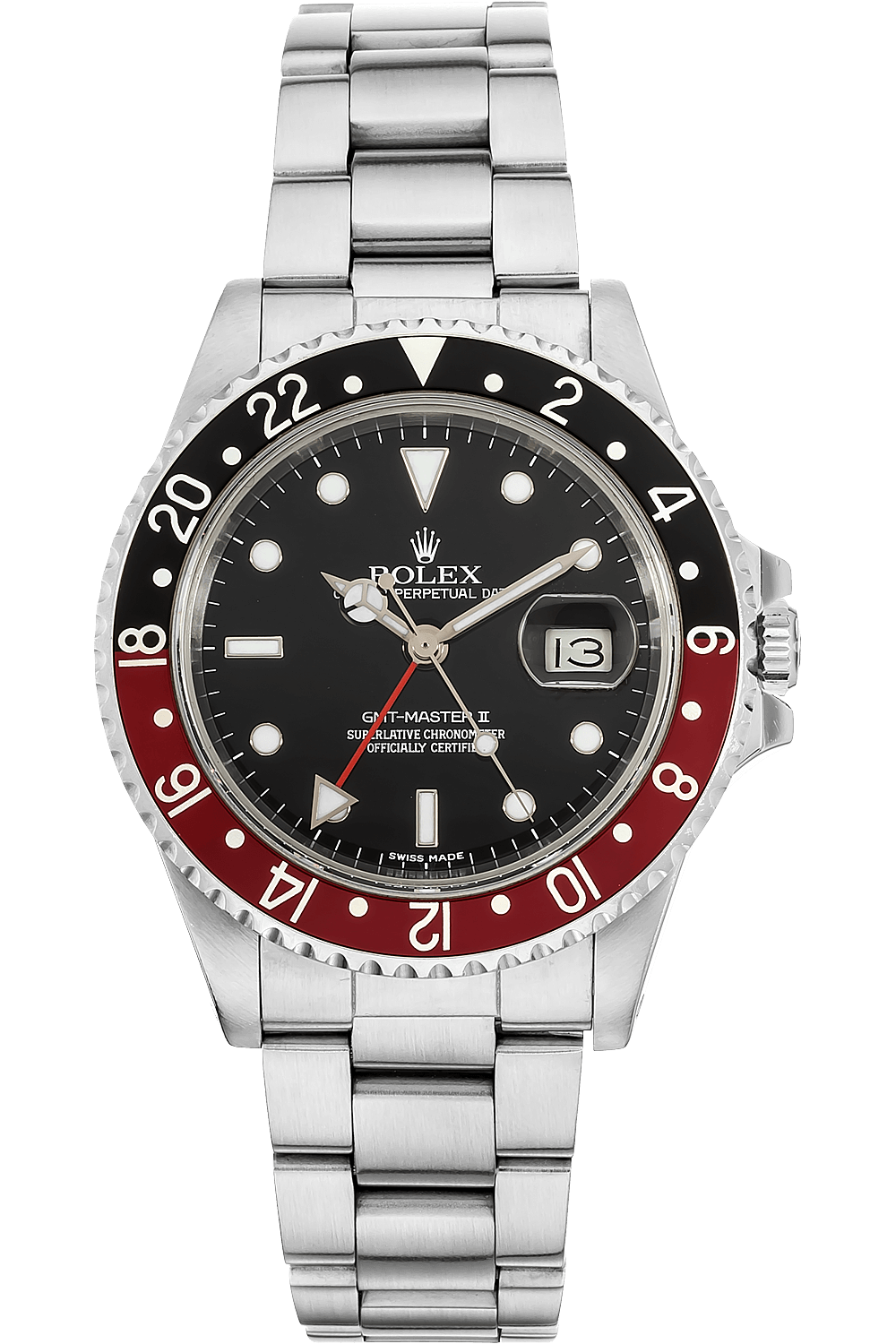
Rolex GMT-Master II Ref. 16710
The second Rolex GMT to bear the “II” stamp was introduced just one year after the 16700: the 1989 ref. 16710. As previously mentioned, both these versions were sold in dealerships. This reference was one of the longest standing ones, being sold all the way up until 2007, when it was replaced by the black-ceramic-bezelled 116710.
Three versions of the 16710 were offered: one with an all-black bezel, the Coke version and the classic Pepsi bezel.
The ref. 16710 was powered by the new cal. 3185, which had the same functionality as the 3085, but significantly thinner. As such, the overall case of the 16710 was much thinner than the 16760’s.
Having had a very long production run there are a few subtleties to the 16710 that make it quite sought after by collectors. One iteration of this reference is the “Stick Dial“, in which the Roman numerals “II” in “GMT-Master II” are far thinner than in other dial configurations. These Stick Dials are more frequently found in the 16710s that mount the cal. 3186, made just before the transition to ceramic materials.
Other small nuances that collectors go after are the different types of luminous materials used in the timepiece. As briefly mentioned earlier, in 1997, Rolex swapped the tritium (whose dials had the “Swiss – T<25” signature) for LumiNova (“Swiss Made” dials), subsequently replaced by the more advanced Super-LumiNova.
If like us, you’re a bit of a watch nerd, another interesting detail to note is the use of “full” end links (SEL) on the bracelet, which replaced the folded ones – a change that was implemented in the year 2000. In 2003, the cases were modified to reduce the grinding effect these links had on the lugs.
The Cerachrom era
Rolex GMT-Master II Ref. 116710LN
For the 50th anniversary of the GMT-Master in 2005, Rolex released a ceramic bezel (only available in black at the time of its launch) version of the watch. Early models were only available in a yellow gold case with a green dial. In 2007, the ref. 116710LN was introduced in the steel variation.
Powering the 116710LN was the same caliber 3186 from the final 16710s, but was equipped with a new Parachrom hair-spring, which had greater shock resistance and anti-magnetic properties.
Midway through production, Rolex also swapped the Super-LumiNova for Chromalight, distuinguishable by its blue glow.
This model was also offered on a Rolesor steel-gold combo: the ref. 116713LN (by the way, you might have already seen LN on models like the Submariner: the LN stands for lunette noir, meaning black bezel).

Rolex GMT-Master II Ref. 116710BLNR
One of the most coveted GMTs in the lineup was introduced in 2013: the 116710BLNR, more commonly referred to as the “Batman” GMT. This version featured the first bi-coloured ceramic bezel. According to the official patent, the bezel is entirely printed on with blue ceramic, and then painted with a black varnish afterwards.
Seeing as the colour combination of black and blue had never been used before on a GMT, it had some sceptics thinking that this was because creating the classic red and blue Pepsi look was too difficult and not cost-effective using this ceramic method…. what do you think?
Rolex GMT-Master II Ref. 116719BLRO
Whether you believe the various conspiracy theories about the Batman or not, just one year later, Rolex released the modern Pepsi (for the first time in white gold) with the reference 116719BLRO.
Although, the Pepsi colour scheme was achieved, the choice of white gold (and no steel version available) does fuel the argument of maybe this technique wasn’t cost effective, and could only break even or make a profit with the white gold premium.
The ref. 116719BLRO was then replaced by the 2019 ref. 126719BLRO, with an entirely new movement and a blue dial. Rolex also offered the owners of earlier 116719s to swap out their dials for this new one.
Alongside the blue version, Rolex added a new meteorite dial to the GMT collection. This isn’t the first time Rolex uses meteorite dials (for instance, Daytonas and Day-Dates already have it as an option), but they’ve never been used on a GMT model. This was a match made in heaven, and it seems the public really enjoys it; the 126719BLRO Meteorite is very coveted, and as a result, its resell price exceeds the retail price tag.
Rolex GMT-Master II Ref. 126715CHNR
One year earlier however, in 2018, and all new full rose-gold version of the GMT was released, as well as a Rolesor steel-gold combo (126711CHNR), both with a brown and black bezel. It was the first time that a GMT was offered on this precious metal.
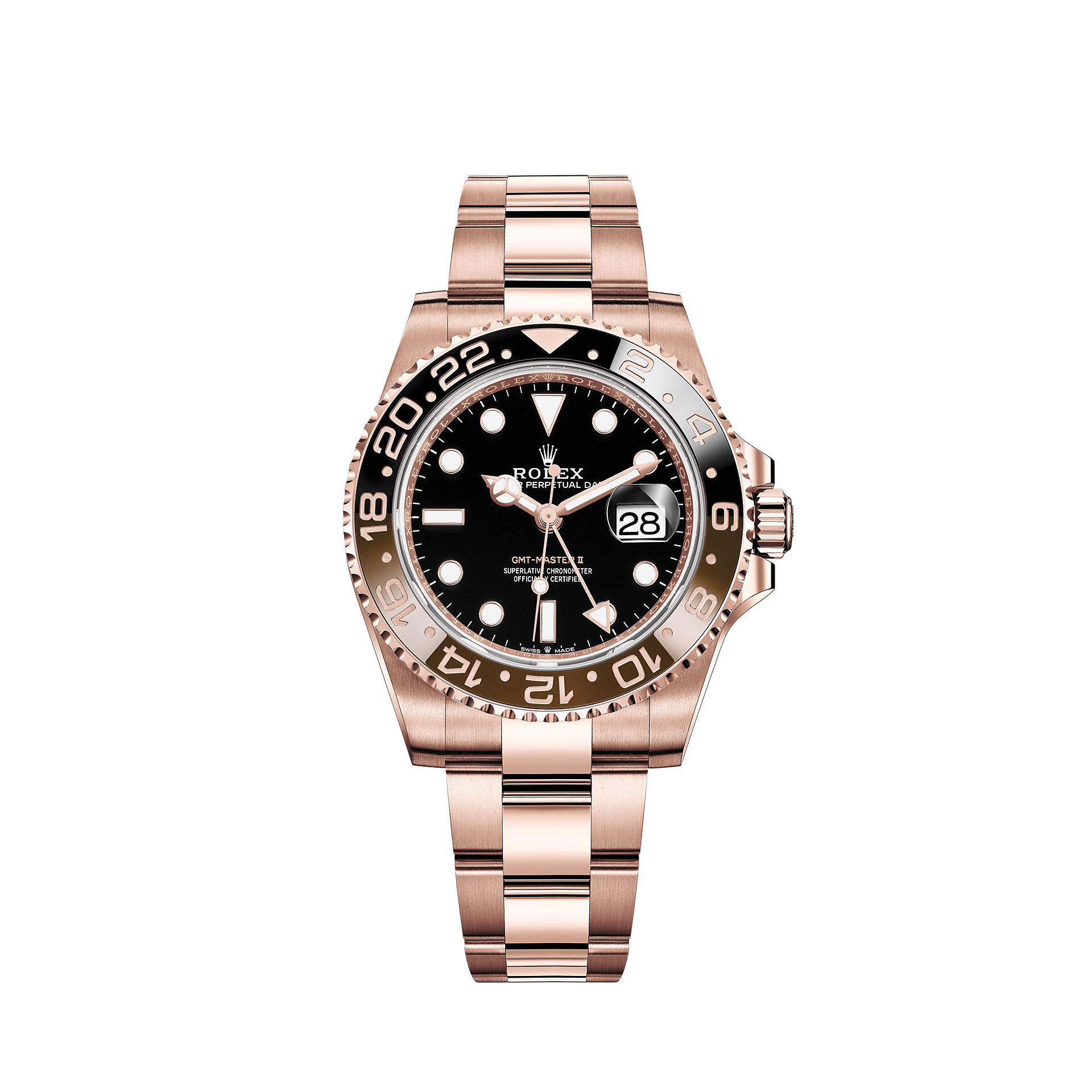
Rolex GMT-Master II Ref. 126710BLRO
Also in 2018, alongside the Everose version of the GMT, Rolex fans were finally given what they had been asking for 11 years: a modern version of the steel Pepsi. Not only did they get that, but inside of this ref. 126710BLRO was an all new cal. 3285, with far better precision, a larger power reserve and greater shock and anti-magnetic qualities. This overhauled movement brought 10 new Rolex patents with it!
One huge talking point about this new release was the return of the five-link Jubilée bracelet on the GMT.
Other than the movement, the bracelet and slightly slimmer lugs, the ref. 126710BLRO isn’t all that different from the 116719, if not for the small image of a crown between the “Swiss” and “Made” at the 6 o’clock position – a trait that all watches with the cal. 3285 share.

Rolex GMT-Master II Ref. 126710BLNR
Riding the wave of the Jubilée Pepsi, in 2019, Rolex gave the Batman the same bracelet treatment. Referred to some as the “Batgirl“, the ref.126710BLNR was born and was an instant hit. Whether it was made to keep followers entertained whilst production dipped slightly, or whether it was actually what the market wanted remains a mystery, but one thing is for certain: the Batman (or Batgirl) is here to stay.
Both the full gold and Rolesor versions come exclusively on an Oyster bracelet for now, but who knows what Rolex will do next? Will we see an update to the Coke version? Or perhaps an entirely new GMT-Master III? We’ll only have to wait until the new exhibition, scheduled for April 2021.
(Haven’t been keeping up to date with the world of watch fairs? Don’t worry, have a look at our article to stay in the loop)
-Translated by Patrick R.

